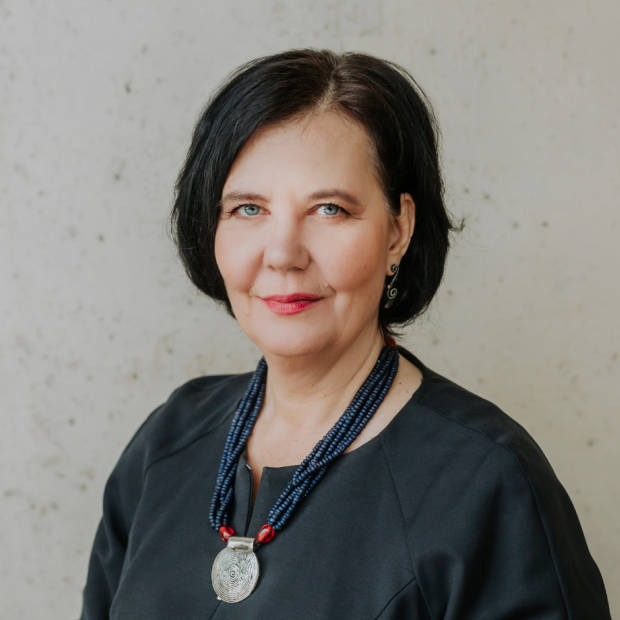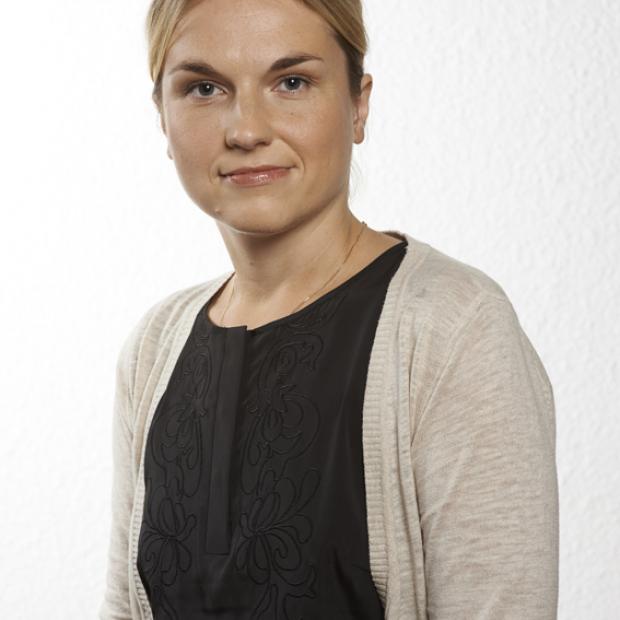Doctoral dissertation: Participation in adult learning requires multilevel support – important is the role of the individual, the workplace as well as the country-specific institutions
On 28 January 2022 at 17.00, Eve-Liis Roosmaa from the School of Governance, Law and Society will defend her doctoral thesis “Adult education and training: a comparative perspective of participation patterns across Europe” (“Täiskasvanuõppes osalemise mustrid Euroopa riikides võrdlevas perspektiivis”).

Demographic, economic, social and ever accelerating technological changes increase dependency on the most relevant and advanced levels of knowledge and skills that need to be updated over the life course. Participation in lifelong learning, or more specifically adult education and training (formal and non-formal) that Roosmaa’s doctoral dissertation focuses on, is one possibility for successful coping with the changes in the labour market and society in general
According to the 2016 Eurostat Adult Education Survey, about 45% of 25–64-year-olds in Europe participated in adult education and training (AET) within the last 12 months. Among the European Union countries, Estonia ranks in the middle, the highest adult education and training participation (AETP) rate is in Sweden and the Netherlands (64%) and the lowest in Romania (7%). The learners state that the knowledge they acquire is largely job-related. The AETP rate has increased in all countries over the years, however the inequality in participation between different social groups remains. The doctoral dissertation focuses on AETP and participation inequalities in Europe by comparing the European Union’s pre-enlargement countries (EU-15) with Central and Eastern European countries (EU-8). In order to study participation inequalities in AET, the research focuses on comparing people with higher and lower occupational positions. Additionally, age, gender, educational level and labour market position inequalities in participation are also examined and what the barriers preventing AETP are among people who are not participating and do not want to participate.
By applying a multilevel perspective, this doctoral dissertation explores AETP patterns at the micro-, meso- and macro-levels. In other words, the question is how individual, workplace, institutional and other structural characteristics (such as the educational system, labour market and welfare state institutions and structure of qualifications and occupations in a country) shape participation in AET. In a broader sense, it implies that AETP and the effects of specific structural characteristics are embedded in societal norms, practices and the political and economic climate. The micro-level has been widely studied, as research into AET has largely been dominated by the human capital theory, which emphasises individual rational choice and thus understates the impact of the macro-level. The primary focus of this doctoral dissertation is the macro-level as its characteristics allow understanding of the AETP differences between countries.
At the micro-level, the results of the doctoral dissertation confirm the well-known tendency that it is the more advantaged social groups who have the highest AETP rates: people who have higher levels of education, work in occupations requiring a high level of skills, are employed and belong to younger age groups. Therefore, the AETP rate is lower among those who could benefit the most from it. This so-called Matthew effect or “the rich get richer and the poor get poorer”, in sociological terms accumulation of (dis)advantages, is present in all European countries, although the extent of AETP inequality between various social groups differs. Therefore, it appears inequality is less prominent among countries where the AETP rate among the whole population is high. However, a detailed analysis of Estonia suggests distinguishing between the various types of AET, as specific types of learning (for example less formal or not job-related) may decrease existing social inequalities.
Barriers faced by those not participating in AET are seldom studied: the research usually focuses on people who already participate or wish to participate in learning activities, meaning that lack of motivation is not considered a barrier. However, it is more difficult to overcome barriers or encourage interest in AET among non-participants. Moreover, people who do not intend to participate in AET tend to be in a disadvantaged situation on the labour market, which is why they could benefit from participation the most. The rate of people who do not want to participate in AET has decreased over the years, but is still significant: 38% in EU-15 countries and 50% in EU-8 countries. The research shows that the most common barriers for not participating in AET are dispositional – people either feel too old to learn in an organised setting, their health is an obstacle, or they don’t want to go back to school. Therefore, it is important to increase people’s self-confidence in the ability to take up learning and better explain the purpose and use of learning. This implies that teachers and instructors should have more time to approach learners individually and make close contact with them. AET should also include informal or experiential learning as it is less related to the typical classroom setting, compared to formal and non-formal learning. It might help those with negative previous learning experiences to perceive learning as a natural and pleasant process. Many people perceive structural barriers to AET related to everyday life, such as not having time due to family or work responsibilities or a perceived lack of support from the employer. Because of this, the state and employers should strive to find better ways to reconcile family and working life with learning activities since people have diverse needs and expectations. The analysis shows that countries with different institutional frameworks manage AET barriers differently. A positive example is Northern Europe where macro-level characteristics help to mitigate individual and structural barriers to AET.
The analysis of the impact of specific institutions shows that in EU-15 several macro-level characteristics are related to a lower AETP inequality among occupational groups: comprehensive educational system, relatively flexible labour market regulations, higher expenditure on active labour market policies, a stronger role of trade unions and collective bargaining coverage. However, in the EU-8 countries, the most important characteristic is the highest completed level of education, although there is a certain link between active labour market measures and trade unions as well. The impact of institutional characteristics in case of the EU-8 countries might be less ambiguous if these would be ‘complemented’ by a more open and flexible AET system that values both general and labour market related knowledge and skills. Additionally, the emphasis should not only be on the so-called ‘supply side’, on improving knowledge and skills and increasing the educational level. AET participation is also influenced by demand, i.e., by the workplace demand and need for skills. The research shows that even though the supply side is strongly linked to AETP and the decrease of inequalities, its relation to demand is more significant, especially in the EU-8 countries. Therefore, it is important to understand how knowledge and skills are applied in the labour market, which in turn could raise the motivation to participate in AET if the long-term outcomes and advantages are more explicit. Hence, education policies should address workplace innovation as well.
The public defence will take place in auditorium M648 at Tallinn University.
The defence can also be viewed via Zoom.
The supervisors of the doctoral dissertation are respected Tallinn University professor Ellu Saar and Rein Vöörmann (in memoriam).
The opponents of the doctoral dissertation are Pepka Boyadjieva, professor at the Bulgarian Academy of Sciences, and Richard Desjardins, professor at the University of California, Los Angeles.
The doctoral thesis is available in the ETERA digital environment of the Tallinn University Academic Library.




